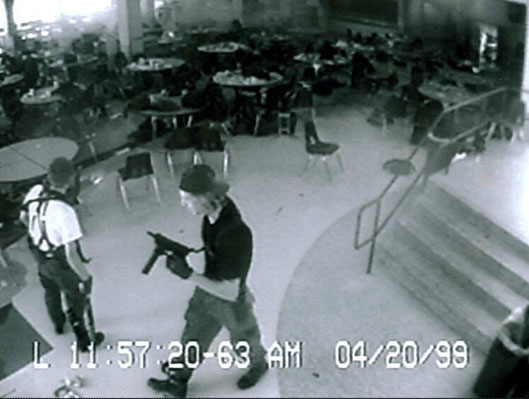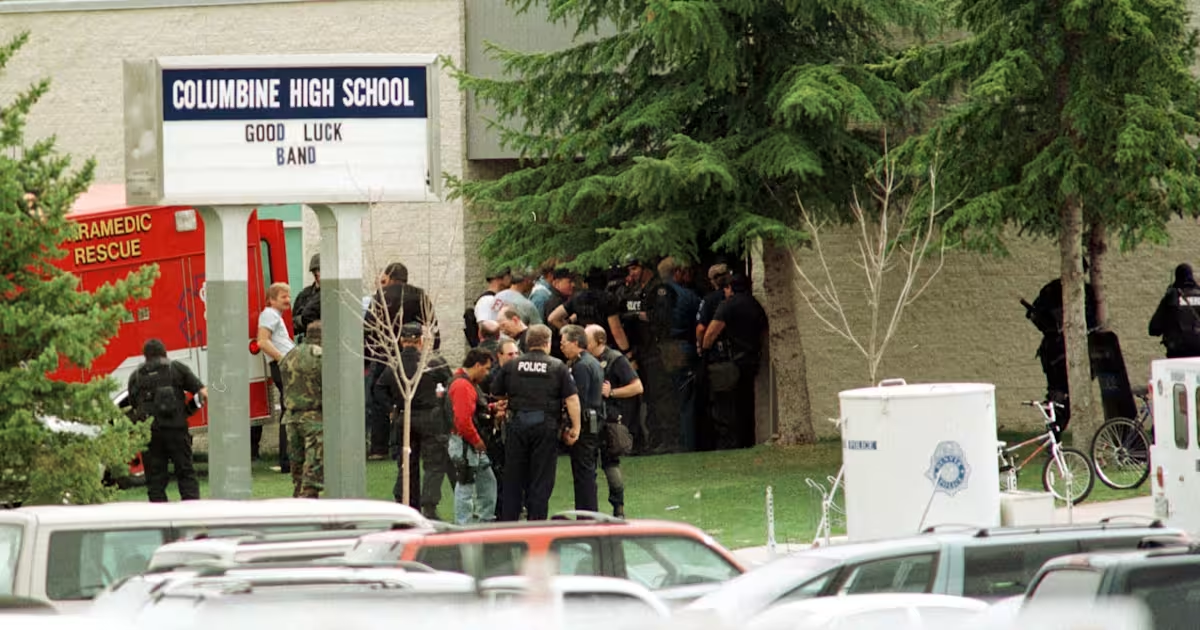Explore the heartbreaking story of the Columbine High School Massacre in 1999. Learn about its causes, impact, and how it changed school safety across the USA and the world.

The Columbine High School Massacre (1999, USA): A Tragic Day That Changed America Forever
On April 20, 1999, the quiet suburb of Littleton, Colorado, was shattered by a horrific event that would mark a turning point in American history. Two students, Eric Harris and Dylan Klebold, walked into Columbine High School with weapons and deadly intentions. The attack lasted about 49 minutes but left an indelible mark on the nation’s heart and mind.
Twelve students and one teacher lost their lives. Many more were wounded, and an entire community was left grappling with grief, shock, and unanswered questions. This tragedy not only devastated families but also sparked a nationwide dialogue on gun violence, mental health, and school safety.
What Happened During the Attack?
Eric Harris and Dylan Klebold had been planning their attack for months. They brought guns, explosives, and anger to Columbine High School. The two students first tried to set off bombs in the cafeteria, hoping to cause massive destruction, but the bombs failed to detonate. They then opened fire on students and teachers, moving through the school halls with chilling brutality.
The shooting ended with the two perpetrators taking their own lives. The community was left to mourn 13 innocent lives lost, including 12 students and one beloved teacher, and to heal from the trauma that would affect them for years.
Why Did This Happen?
Understanding the reasons behind Columbine is complex. Both Eric and Dylan faced bullying, social isolation, and mental health challenges. Their journals and videos revealed feelings of anger, hopelessness, and resentment. Experts say their access to guns and lack of early intervention played a tragic role.
This event forced the country to ask difficult questions about how schools handle bullying and mental health, and how society controls access to deadly weapons.
For deeper insight into abuse and survival stories that expose dark human realities, you can read about The Fritzl Caseand Dark Secrets of Nithari.
How Did Columbine Change School Safety?
The Columbine massacre was a wake-up call. Schools nationwide revamped their safety protocols. Lockdown drills, active shooter training, and security upgrades became common. Teachers and students learned how to react to such threats. Mental health support services in schools gained attention and funding.
The tragedy also fueled debates on gun laws, bullying prevention, and youth support systems. Though no single solution emerged, Columbine made it clear that prevention must be a priority.
The Human Side: Survivors and Families
Beyond statistics and news reports are real people who endured this nightmare. Survivors have bravely shared their stories of trauma, healing, and hope. Families who lost loved ones continue to advocate for change, striving to prevent similar tragedies.
Memorials and scholarships honor the victims’ memories, ensuring they are never forgotten. Their legacy is a call for compassion and action in communities everywhere.
The Bigger Picture: Global Impact and Ongoing Challenges
The Columbine tragedy wasn’t isolated. It highlighted a worldwide issue of youth violence and gun safety. It reminds us that tackling such crises requires community effort, awareness, and policy changes.
If you want to learn more about global health and safety challenges, including how international organizations manage crises, check out A New Chapter for WHO: Surviving Without U.S. Funds. For regular updates on global news and safety, visit America112.
Final Thoughts
The Columbine High School Massacre is a heartbreaking reminder of what can happen when pain, anger, and easy access to weapons collide. It changed how the world sees school safety and youth mental health.
We honor the victims by remembering their stories and supporting survivors. Most importantly, we must work together to build safer schools and compassionate communities. The lessons of Columbine are a call to action — to prevent such a tragedy from ever happening again.

